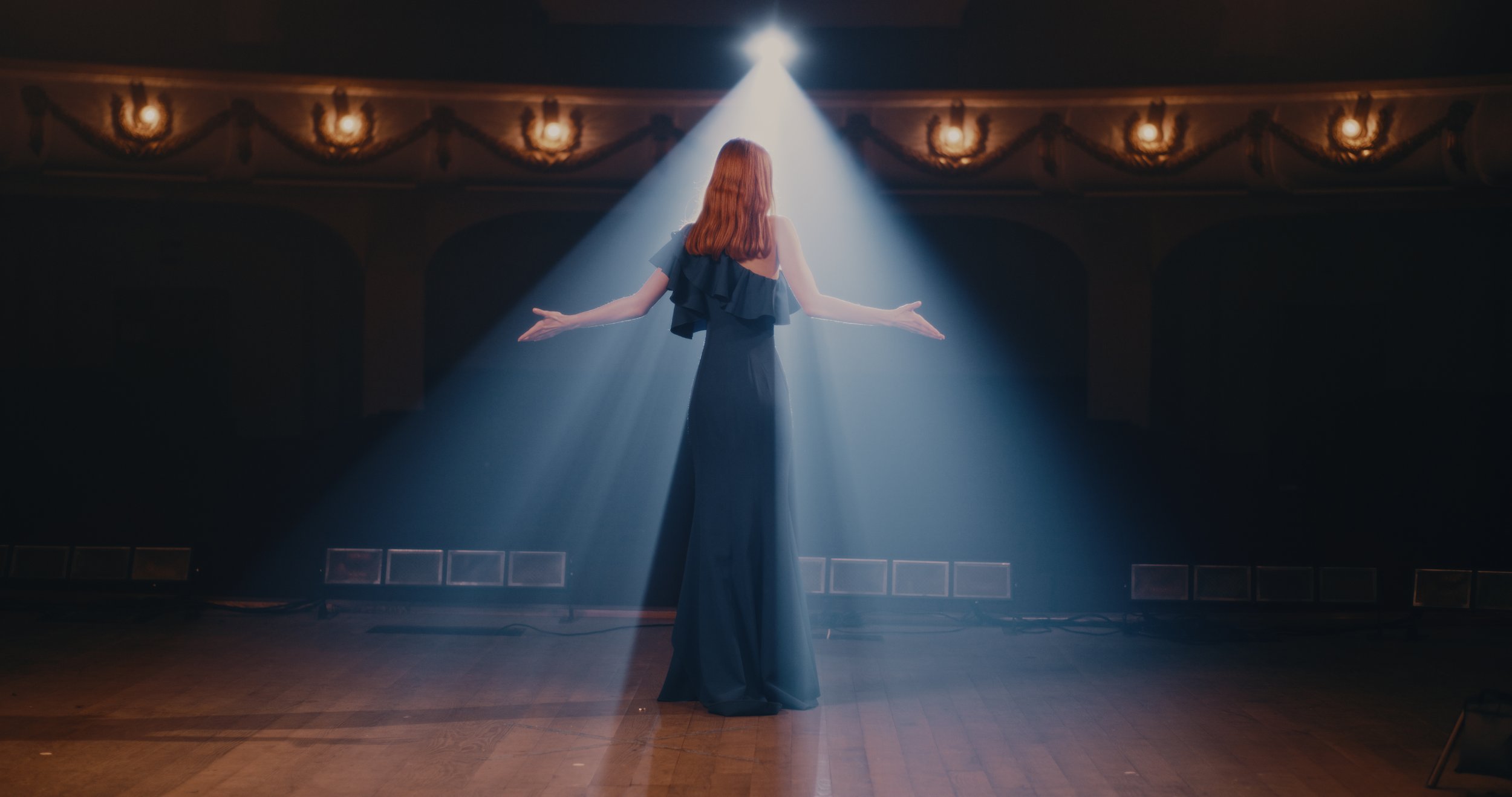Theatre Lingo: Understanding Common Terms Like a Pro
Do you speak theatre? If you have spent any amount of time in theatre or around theatre professionals, then you may know all about this other language — one full of crucial showbiz terms.
For those who are just getting their feet wet, understanding theatre lingo can be tough. So, to help you prepare for your next audition or to acclimate yourself better among the avid theatre-goers, here are just a few of the most common terms to know.
Ad Lib
Ad lib comes from the Latin phrase Ad libitum, which means ‘at one’s pleasure.’ This means that an actor can move about and speak without following the script. Rather, they do what feels right in the moment.
Ad-libbing usually occurs after a mistake on set or if lines are missed. It helps keep the show flowing and can guide it back to the script.
Apron
The apron is the part of the stage that sticks out in front of the proscenium arch. It is an area that allows the actors to get closer to the audience. Many times the apron is in front of the curtain – but before the orchestra pit.
Blocking
Blocking is known as the direction given to actors as to where they are to stand and move when on the stage and throughout the entire play. Blocking rehearsals are when actors learn this information and retain it for future rehearsals.
Call Times
Call times are important. These are the times that are given for actors to arrive for both rehearsals and shows. When a time is given, you are expected to be there. So, don’t be late.
Curtain Calls and Curtain Warmers
The curtain call signals the end of the show. This is when the actors come out, either individually or as a group, and take their bows. They often start with those who have minor parts working up to the main characters.
Curtain warmers, on the other hand, are the lights that shine on the curtains, adding anticipation for the audience. They are like a warmup for the show that is to come — giving the audience a place to focus their attention.
Down Stage
This is the area of the stage that is closest to the audience. It gets this name because some stages are sloped, making it the lowest point.
Fringe Theatre
This term comes from the Edinburgh Fringe Festival — a time when local performers protested mainstream theatre. Fringe is experimental, unconventional, and involves small-scale productions.
Get In and Get Out
Terms used when the set is moving in and getting fit into the theatre space (get in), as well as disassembling the set and removing it (get out).
Half Hour
At precisely 30 minutes prior to the start of a show, the cast is advised that it is “half hour.” This lets the actors know that they have 30 minutes before it is time for the performance.
Preview
A preview show is also known as a final dress rehearsal. There may or may not be a non-paying audience present. Everyone will be dressed just as if it were a real show and you will treat it as such. This is the show before opening night.
Stage Left and Stage Right
Just as it sounds, stage left refers to the left side of the stage while stage right refers to the right side of the stage. It comes from the perspective of someone standing on the stage facing the audience.
Get Ready for the 2025 Season at the Forestburgh Playhouse
At Forestburgh Playhouse, we are getting ready for a spectacular 2025 season with shows like The Full Monty, Next to Normal, and Shrek The Musical. With us, you will find musicals, plays, cabaret, arts education, concerts, special events, and more!
Learn how you can be a part of it! Check out our box office.

